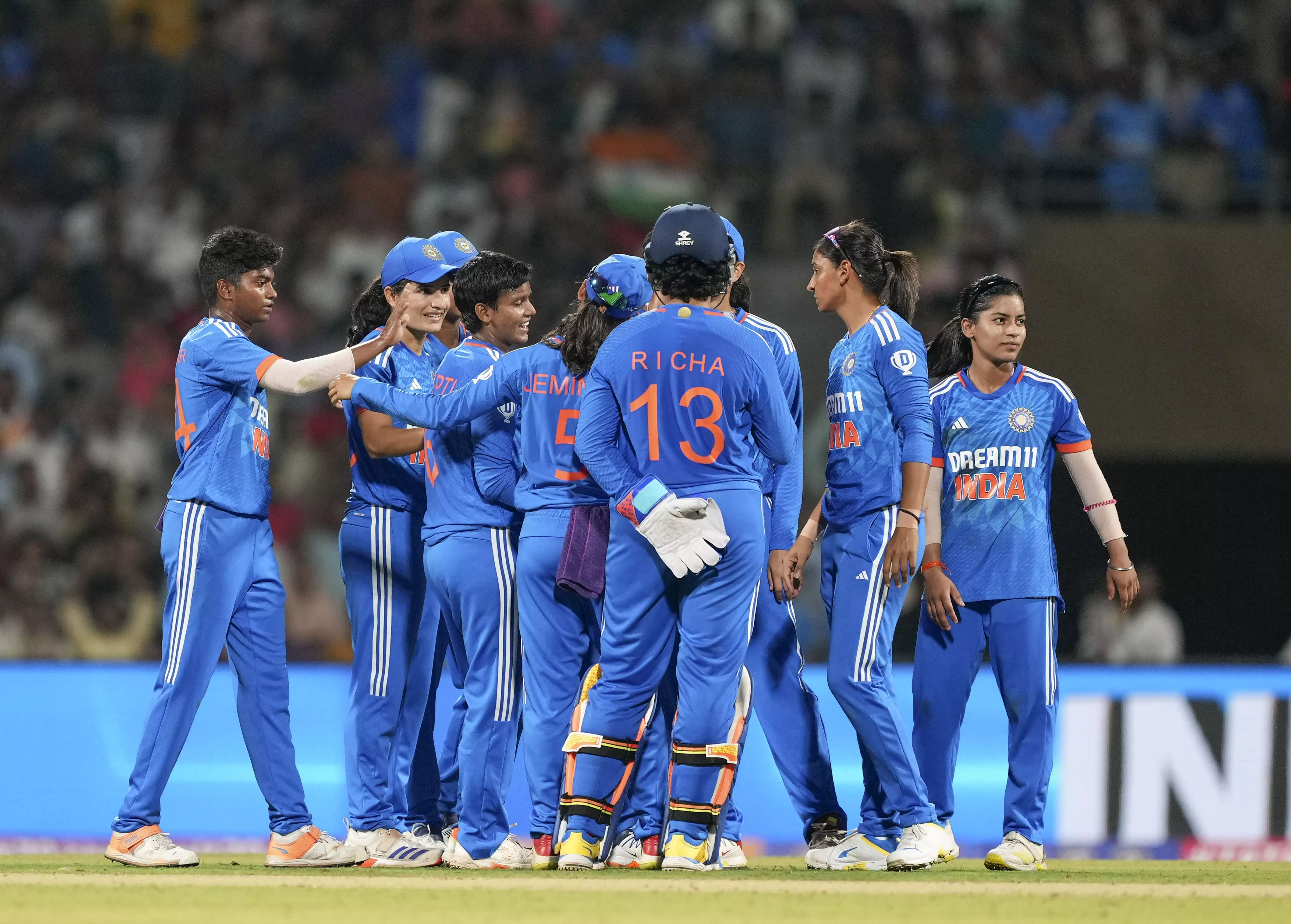
Explained: What's ICC's new stop-clock rule and how it will change cricket
The stop-clock is set to become permanent in all ODIs and T20Is from June 2024, starting with the ICC Men’s T20 World Cup 2024

The International Cricket Council (ICC) on Friday (March 15) mandated the use of stop clocks in between overs in limited-overs international matches.
The stop-clock is set to become permanent in all ODIs and T20Is from June 2024, starting with the ICC Men’s T20 World Cup 2024 in the West Indies and USA. The decision was taken following the ICC’s annual board meetings on Friday.
In December 2023, ICC introduced the stop clock on a trial basis in men’s limited-overs international matches. The trial was supposed to run until April 2024, but the experiment has already yielded results in terms of timely completion of matches.
“Results presented to the Chief Executives’ Committee (CEC) demonstrated that approximately 20 minutes had been saved per ODI match. The feature has now been added as a mandatory playing condition in all Full Member ODI and T20I matches from 1 June 2024,” said the ICC in a statement.
What is the stop-clock rule?
As per the stop-clock rule that was initiated on trial basis in men’s white-ball cricket, the fielding side is expected to start a new over within 60 seconds of the completion of the previous over.
An electronic clock, counting down from 60 to zero, will be displayed on the ground. The responsibility of enforcing this rule lies with the umpires, with the third umpire switching on the timer.
The failure of the fielding side to be ready to bowl the first ball of their next over within the stipulated 60 seconds of the previous over being completed will attract two warnings. Subsequent breaches would lead to a five-run penalty per incident. The rule’s primary aim is to ensure the timely completion of matches.
The ICC began the trial for the rule in December 2023 to regulate the pace of play. Though the trial period is supposed to end in April, the ICC and its cricket committee are believed to have found merit in making the rule permanent. It will now be a universal rule for every ICC white ball game.
What are the exceptions to the rule?
There are a few exceptions to this rule, and the clock, if already started, can be cancelled in certain situations. These include:
1. When a new batter comes to the wicket between overs
2. An official drinks interval has been called
3. The umpires have approved the on-field treatment of an injury to a batter or fielder
4. The time lost is for any circumstances beyond the control of the fielding side
What are the existing penalties for slow over rate?
ICC had introduced in-match penalty in ODIs and T20Is in 2022 to combat slow over rate. As per the playing conditions, applicable to both men’s and women’s cricket, if the fielding team fails to start the final over by the stipulated time, they are docked one fielder from outside the 30-yard circle.
It was in addition to the monetary fines teams have to pay for slow over rates. “A fielding side must be in a position to bowl the first ball of the final over of the innings by the scheduled or rescheduled time for the end of the innings. If they are not in such a position, one fewer fielder will be permitted outside of the 30-yard circle for the remaining overs of the innings,” stated the ICC.
The third umpire is incharge of regulating the time, while accounting for any stoppages, before relaying it to the on-field match officials.
What is the over rate in cricket?
Over rate is the average number of overs bowled by the fielding side in an hour of play.
According to ICC’s rules, teams are expected to maintain an average of 15 overs per hour in Test Cricket, 14.28 in ODIs and 14.11 in T20s.
Essentially, in ODIs, the bowling side is given 3.5 hours to complete their quota of 50 overs and in T20s, teams are expected to complete their 20 overs while bowling within an hour and 25 minutes.
If teams exceed these pre-set marks, they are deemed to have a slow over rate, upon which, the governing body dishes out fines and in some cases, bans as well.

